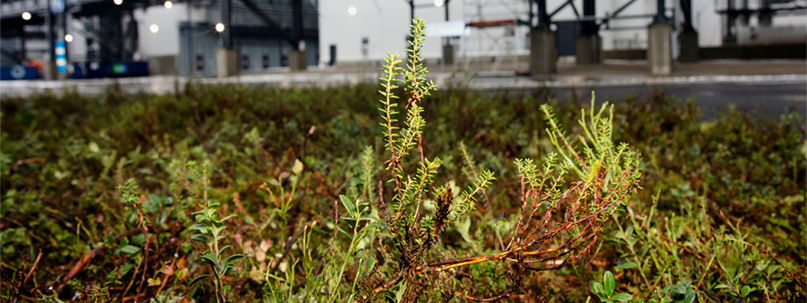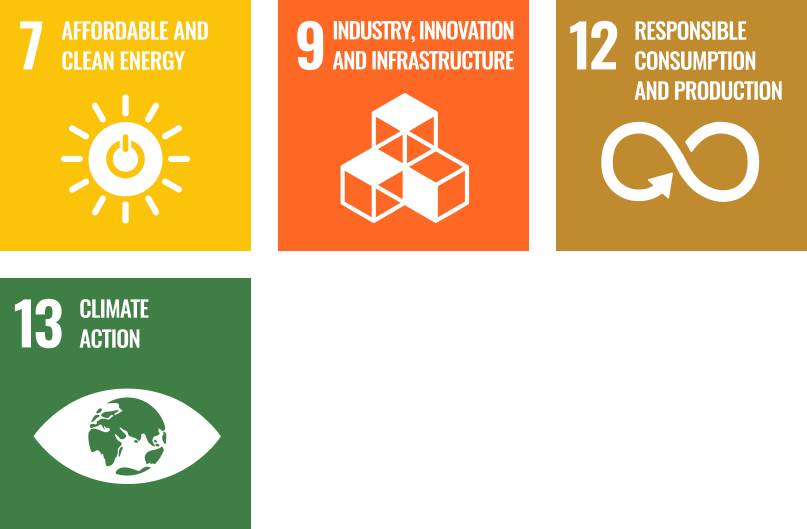Target: Safeguarding biodiversity
Preserving biodiversity is part of sustainable forest management. Forest certifications define precise criteria for conserving biodiversity. Beyond these, Metsä Group has its own programmes for safeguarding biodiversity and ensuring that forests can continue to act as a carbon sink.
Metsä Group level activities towards 2030
| We diversify the tree species in the forest with forest owners, who form the Metsä Group’s parent company Metsäliitto Cooperative. Only the tree species that will be used are felled. Diverse forests are resilient to the various risks posed by a warming climate, such as extreme weather conditions or insect pests. | We recommend planting mixed forests. When establishing a new forest in Finland, forest owners can order mixed cultivation of pine and spruce from Metsä Group. We leave a variety of tree species in the forest, both in tending and in thinning. |
| We increase the amount of decaying wood by making high biodiversity stumps (a trunk of a tree cut at a height of 2–4 metres) for the species that need it. Various decaying fungi, insects, beetles and forest-dwelling birds benefit from high biodiversity stumps, which offer them living spaces and nutrition. The lack of decaying wood is the most common single cause for the endangerment of forest species. | We ensure that herb-rich forests and ridges provide habitat for endangered species. We leave protective thickets during all phases of forest management. Thickets provide shelter and food for birds and other animals. Burned and charred wood is also needed for specialised species. |
Key Performance Indicators by 2030
| 100% of regeneration sites have retention trees. Retention trees are left in the forest permanently and are not supposed to be removed at any stage. Saving living retention trees and dead wood is a good way to prevent forest species becoming endangered. |
| 100% of harvesting sites have high biodiversity stumps |
| 0% spruce as the only tree species growing after young forest tending |
| 10,000 actions to increase biodiversity, such as |
| Burned retention tree groups |
| Nature management for herb-rich forests and ridges |
| Water protection |
| New Metso protection areas for our owner members |
| FSC® (FSC-C111942) nature site service contracts |






